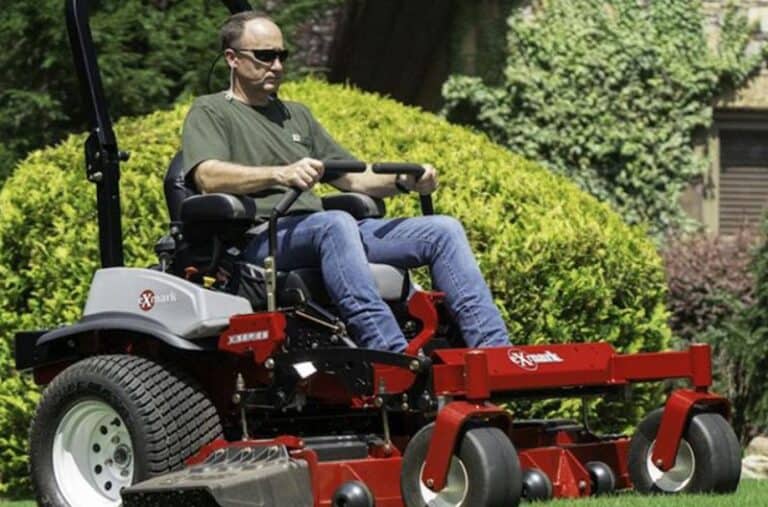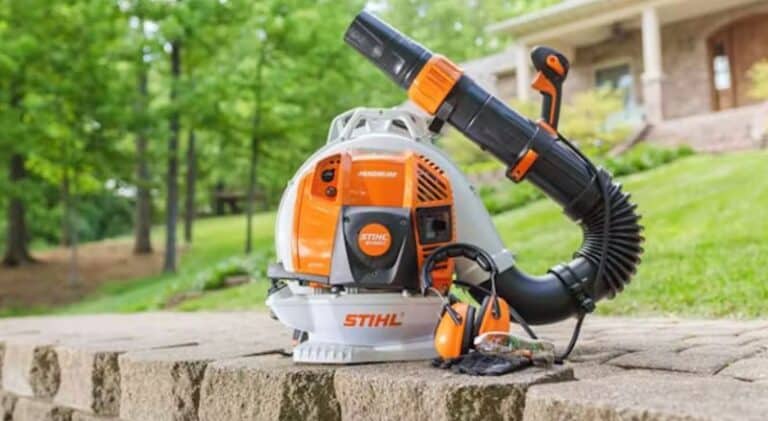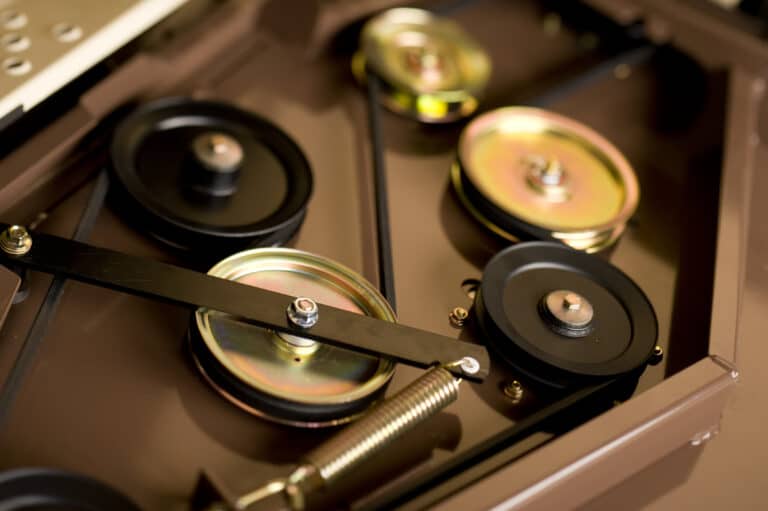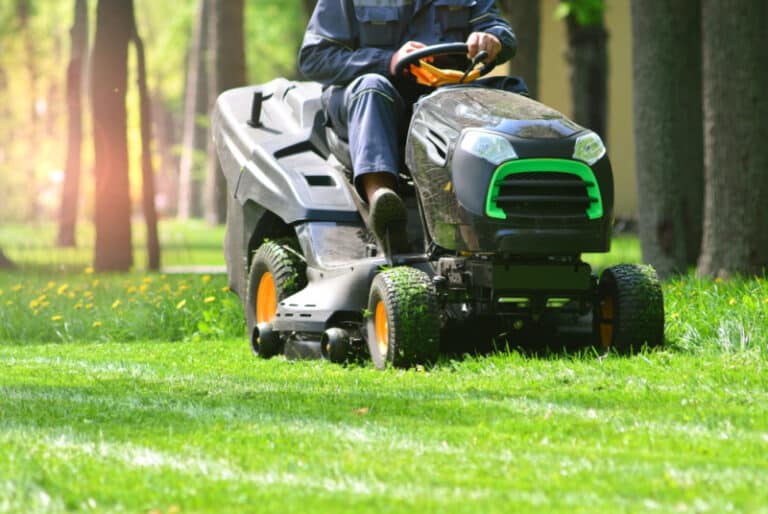Common Problems Associated With the Kubota B2601

The Kubota B2601 is a popular budget-oriented lawn tractor. With a utilitarian design incorporating options like a lawnmower front shovel and backhoe, the Kubota B2601 uses industry standard parts and is optimized for a wide variety of functions in a small area of 1-3 acres. It is one of the smallest diesel-operated tractors on the market, giving excellent fuel economy for operators. The B2601 is manufactured by Kubota USA, a subsidiary of the Kubota Corporation based out of Osaka, Japan.
In the budget-oriented tractor space, however, some problems can crop up, and cause issues for operators who don’t know what they have and how best to operate it. In this document, we will break down some of the most common issues with the Kubota B2601 lawn tractor, and how to troubleshoot them. While this document is not a substitute for a full troubleshooting manual, just giving the user some idea of what’s happening with their lawn tractor can give them an idea of where to go with it next.
What is the Kubota B2601?
The Kubota B2601 is a new tractor design that was introduced in 2018 as part of the Kubota B series. It’s a compac tractor with a 1.1L, 3-cylinder Diesel engine and 4×4 wheel train. Its power steering gives it a convincing advantage in the ease-of-use department.
The Kubota B2601 is one of the most popular compact tractors in North America, especially for first-time owners, who find its operation simple to get used to. Part of the Kubota B series of tractors, this compact tractor has a hydrostatic transmission as well, making it an easy device to change gears in.
Its 26hp, 3-cyl engine will help make short work of any job around the house or a hobby farm, though it will definitely be inadequate for use in a professional farm.
Hydrostatic Transmission Problem
Although the hydrostatic transmission of the Kubota B2601 is a highly functional device that gives it pushbutton functionality, improving on the convenience of its competitors, the tractor is not without its drawbacks in this department. There are issues reported in the B2601 with an overly stiff pedal compared to the L or LX series.
The reverse pedal also takes quite a bit of effort to set the transmission. This situation has caused customers to complain about developing knee pain from operating the B2601. The fix to this situation seems to be to re-lubricate the pedals, or to loosen the joints of the transmission. With the reversing pedal, the pedal can be handled in the same way as the accelerator pedal.
Seats
Several customers have complained that the Kubota B2601 has problems with the seats, with operators having difficulty getting in and out, especially larger operators. While this is an issue that is acknowledged by Kubota, it is also an issue that seems endemic to the compact tractor segment.
Because the chassis of these tractors is relatively much smaller than a full-sized tractor, to a certain extent there is nothing that can be done about the cramped seating other than to grin and bear it, as there is nothing in the tractor that can be done short of buying a larger tractor.
The seating problem is especially a problem with the backhoe installed. Because the Kubota B2601’s backhoe is attached to the rear end of the tractor, the operator has to have a reversed seat in order to operate the backhoe effectively, and the reversed seat can be difficult for even an average-sized operator to sit in.
Before buying, you should check the seating arrangements and make sure that seating is going to be to your liking. It does the user no good if the seating arrangement is permanently set up in a way that the user cannot use or is overly uncomfortable for the user to use for an extended period.
Soot Buildup in the oil system
A known, difficult issue with the Kubota B2601 is that the engine oil system can become contaminated with soot from the engine. Soot is a naturally-occurring phenomenon in diesel systems – before environmental regulations regarding pollutants and smoke were instated in the 1990s, every diesel engine seen in the world commonly belched thick clouds of harsh, black smoke into the air when accelerating or starting up.
The much thinner, filtered smoke of the modern diesel engine is better for the atmosphere, better for the environment, and better for people.
However, the problem with this is that the soot has to go somewhere, and if it goes into the fuel tank, the entire vehicle can be brought to a halt. Soot in the gas tank can also be caused by improperly mixing diesel with gasoline. Never use diesel fuel in a gasoline-powered vehicle and vice-versa. The results will be a huge problem and an expensive repair bill.
To correct this problem, the fuel tank must be drained thoroughly to get rid of soot and any built-up clogs from soot. In addition, try to get any damaged brakes fixed on the Kubota B2601.
Brake damage can be extremely dangerous, especially in a situation where the tractor may be in dangerously close quarters to children. Never operate a vehicle with damaged brakes, as a failure of the brake cable can result in an extremely dangerous situation, both to the user and to others around them.
The Quick Tach Loader can leak
The quick tach loader has leaking issues, according to customers. The source of these leaking issues is due to loose items in the fittings and seals of the tach loader.
This issue can be fixed by sealing up the fittings. If there are gaps, sealing tape and pads can seal those gaps and reduce the leakage from the quick tach loader. Additionally, the hydraulic fluid must be replaced roughly every 400 hours.
Using hydraulics for over 400 hours without changing the fluid can result in the fluid picking up metal shavings and becoming contaminated, a problem that can cause significant damage to the engine and powertrain system.
Air Filter Overloading
The air filter of the Kubota B2601 often can become clogged with dust and debris. The engine and battery can overheat themselves if they can’t get enough cooling air through the air filter. This can cause problems or even cause the engine to destroy itself.
Clogged up air filters can also hinder proper flow of fuel through the engine, reducing the power curve and potentially stopping the engine from starting up in the first place. The air filters also can have cooling fins damaged, which can put more pressure on the engine, which may fail entirely.
Alongside clearing your fuel tank, be sure to clear air filters and air vents cleaned on a regular basis. If you notice the cooling fins are warped or damaged, get them replaced. This check should be repeated every few months – as often as you revisit your dentist’s office.
Battery Issues
Many users report that the battery is the Kubota B2601’s Achilles heel. With technical problems that can easily make themselves known, the battery system can put itself in a condition where the vehicle can only be operated for a few minutes or a few meters.
Either the fuel is too light or too thick, creating incomplete combustion and stopping the engine from running. This also puts additional pressure on the carburetor and the tractor’s battery.
Fix this situation by getting your engine checked by a professional. The battery system problem is a technical issue and may not be user serviceable.
Conclusion
There are a number of technical issues that can be seen as endemic to the light/budget tractor segment, in addition to the problems and issues that are simply around tractors because they’re large but magnificent machines designed for use in an agricultural context.
Even though these technical issues and a few more can become associated with tractors in general and the Kubota B2601 in particular, it’s important to note that every machine has its issues and drawbacks. The Kubota B2601 is not excepted from this rule.
With only a handful of commonly-reported technical issues, some of which are related to using the tractor in a situation it may not have originally been designed for, such as the poorly-arranged seating around the backhoe, the Kubota B2601 compact tractor is remarkably error-free for a light tractor designed for 1 to 2 acres of agricultural work at a time.
If this small vehicle only has a few common problems in its design and development, it’s more than delivered on its design promise of an affordable light tractor for the many who do not own a full-up farm.
You can also read:






